A closer look at 'aerosol-generating' procedures
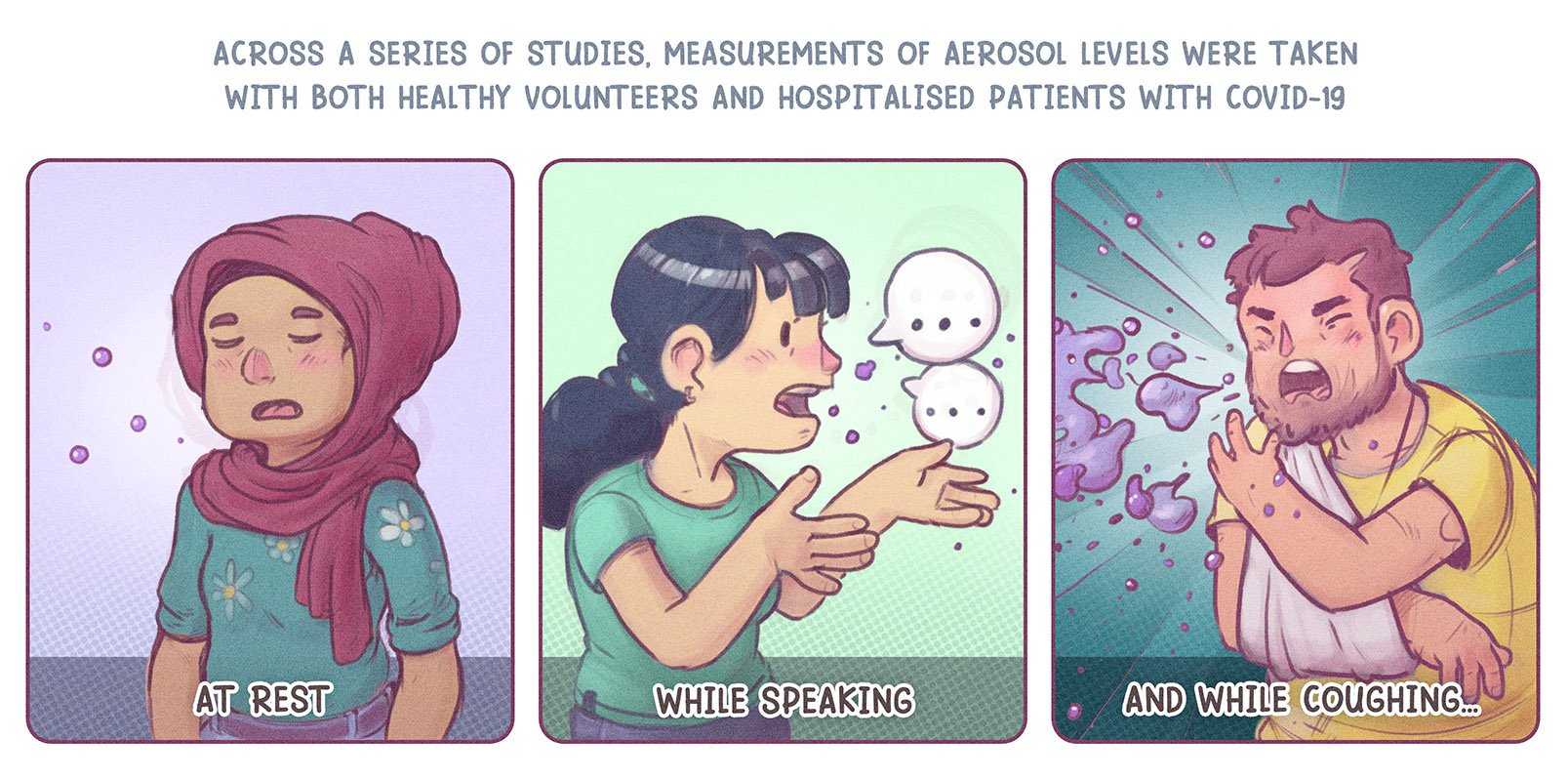
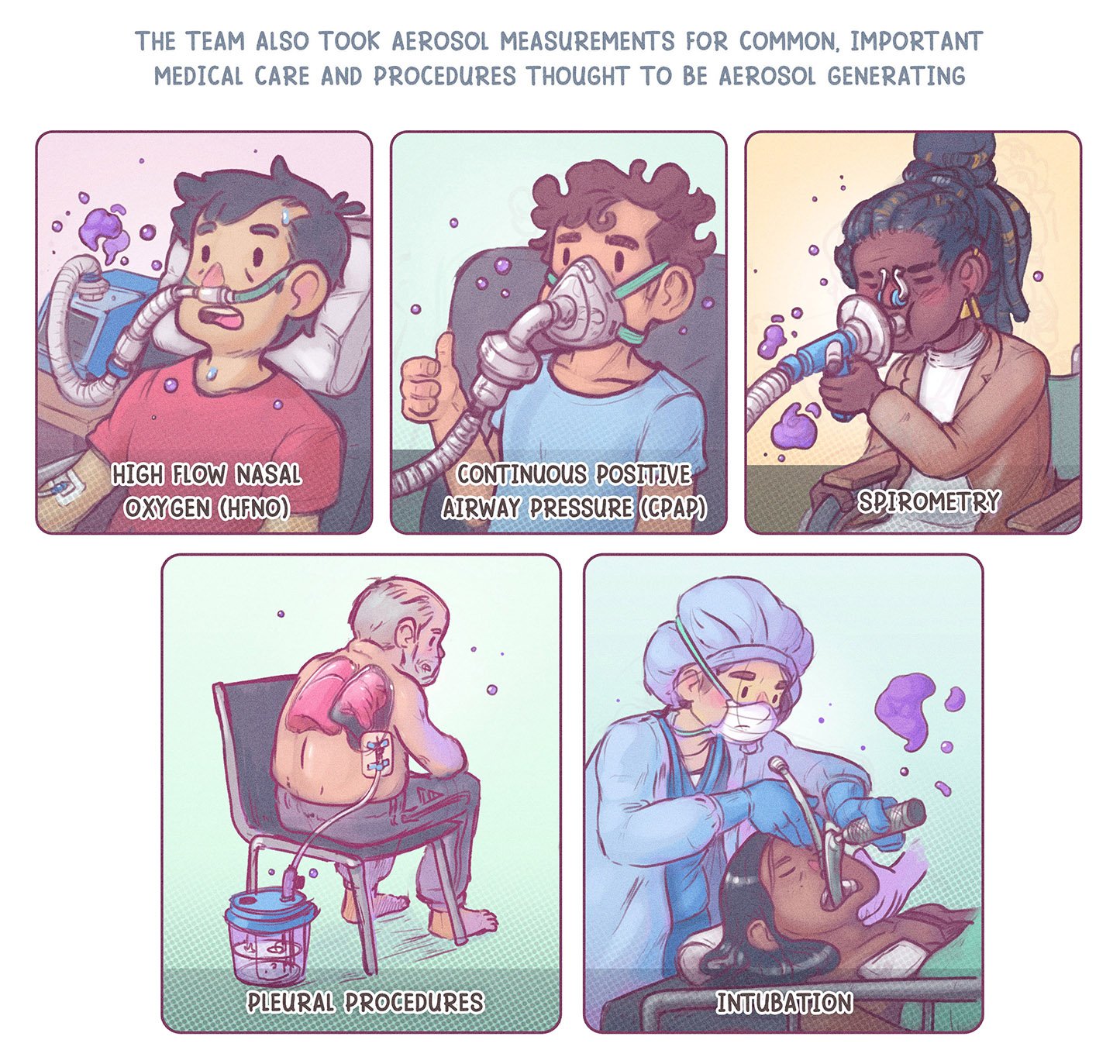
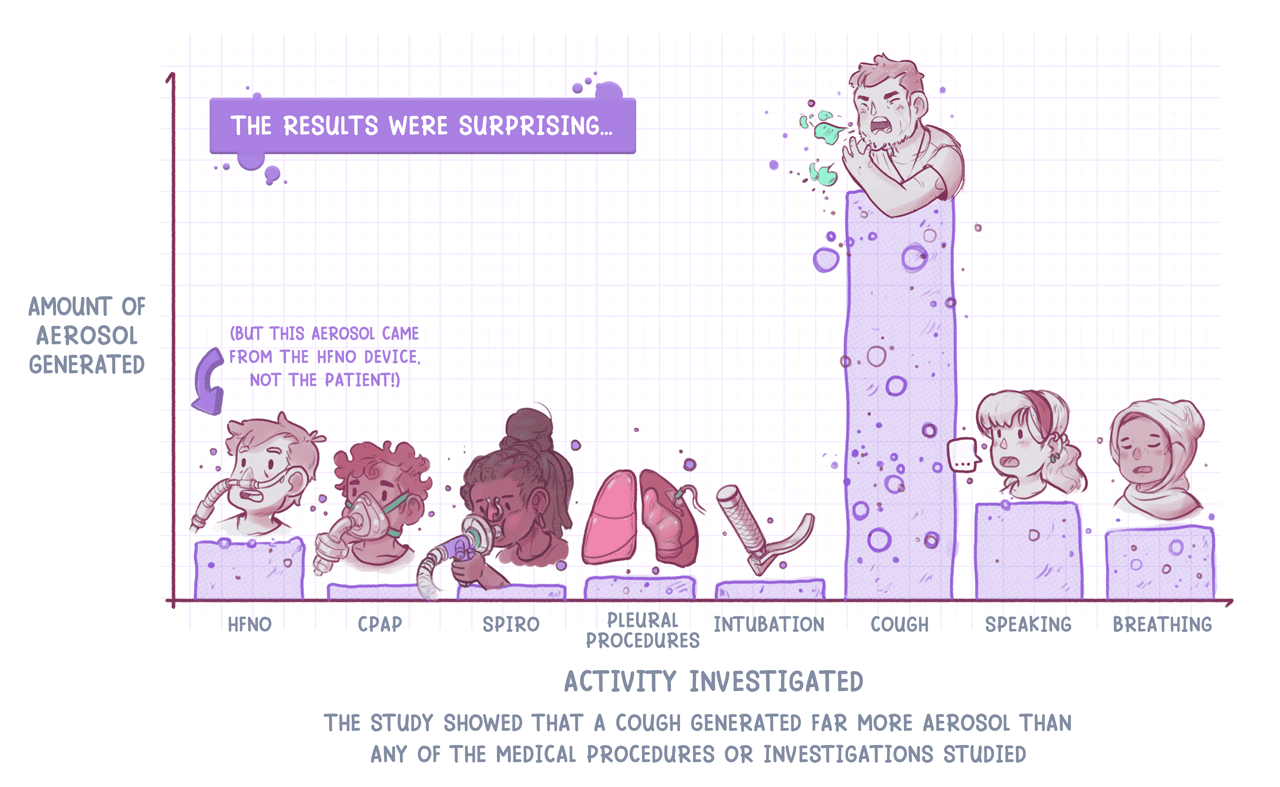
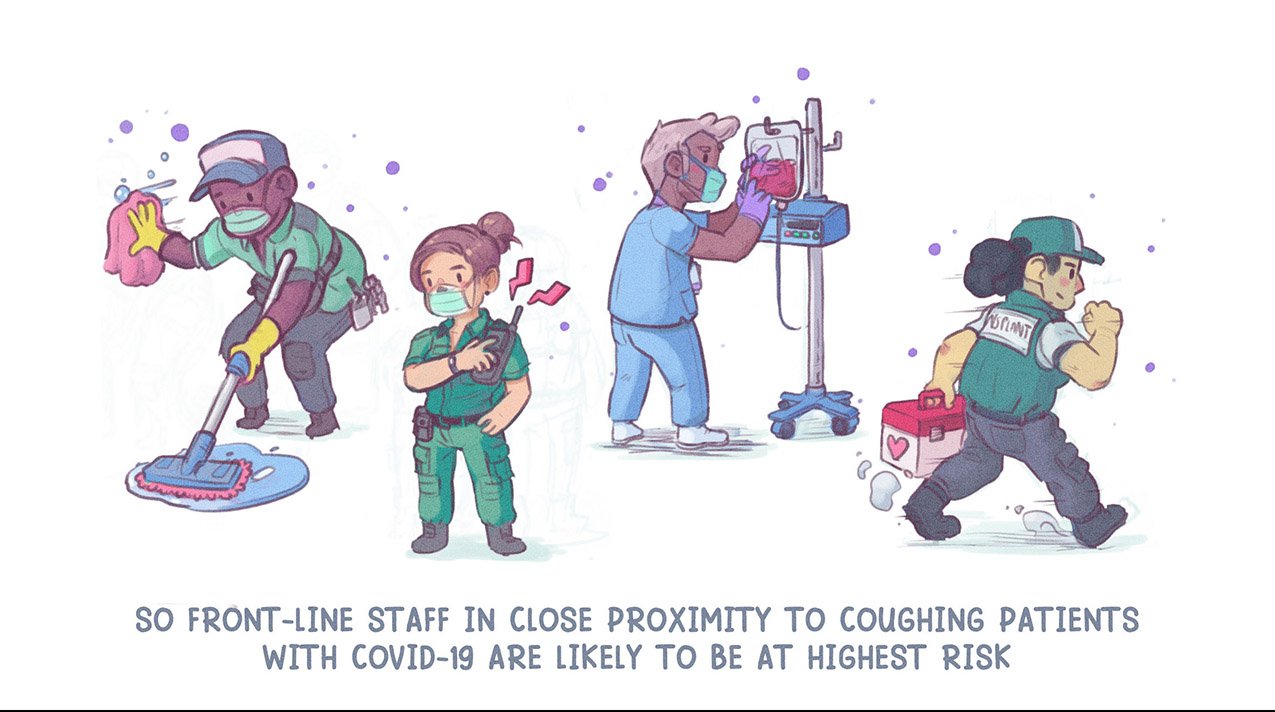
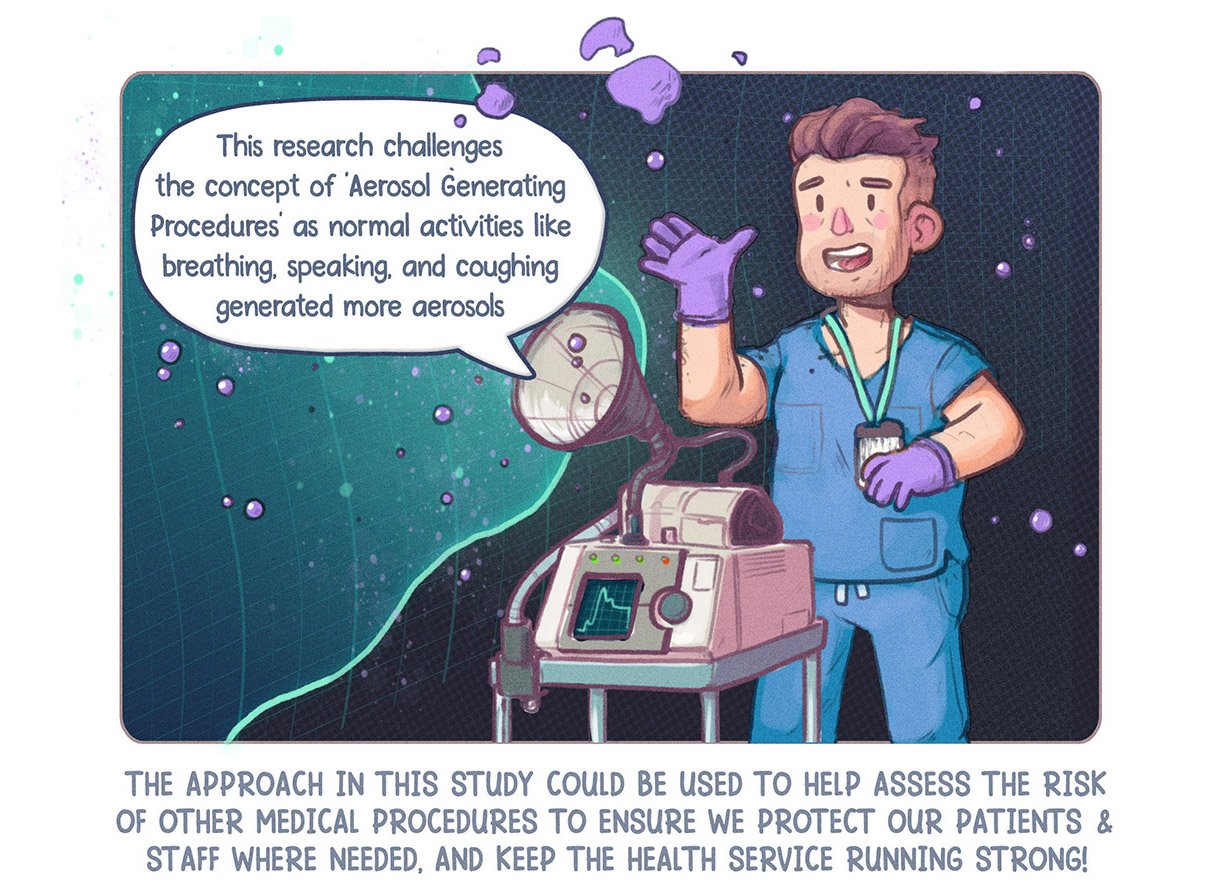
A comic overview of the respiratory AERATOR research from the Bristol Academic Respiratory Unit. These studies investigated potentially aerosol-generating medical procedures and interventions to help assess the risk of spreading aerosol-bourne infections like COVID-19. Answering these questions can help infection control guidance and inform need for PPE in healthcare staff.
The scientific publications and further reading about the AERATOR studies can be read in full at the links below.
Learn more
…about aerosol generation from oxygen delivery systems [Thorax]
…about aerosol generation and pulmonary function tests [Thorax]
...about pleural procedures [European Respiratory Journal]
An overview from the University of Bristol [Press Release]






